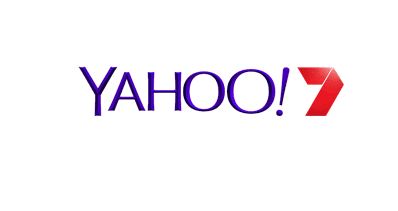Sinking the ship and jumping overboard: Is the end of the Yahoo7 venture what Seven needs?
Seven’s sale of its Yahoo7 stake was predictable, but was it smart? Zoe Samios looks at both companies and assesses whether the split was exactly what they needed.
And so the plot unravelled: Seven sold its stake in Yahoo7, effectively ending one of the last international media joint ventures in Australia.
After one bizarre press release, redundancies across the business and the final exit of a number of key executives, it’s now more or less over. Yahoo7, as it once was, is effectively redundant. Oath will now be the sole owner for Yahoo7 – if it will even be called that – and Seven will return its focus to its publishing assets, West Australian Newspapers and Pacific Magazines, as well as its revamped video streaming service, 7Plus.

Yahoo was acquired by Verizon last year, which case doubt over the future of the partnership with Seven West Media

